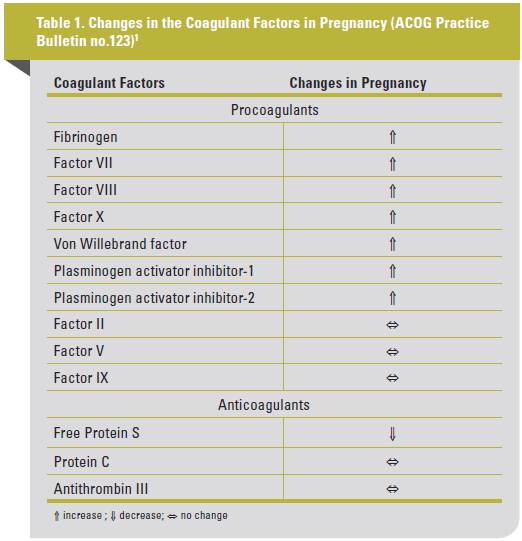
The Men Continued and HERDOO2 score appears to be a good predictor of a low recurrence risk in patients with a first unprovoked pulmonary embolism after treatment discontinuation, suggests a study. The addition of pulmonary vascular obstruction index (PVOI) improves the accuracy of all venous thromboembolism recurrence scores.
The investigators validated the HERDOO2; D-dimer, age, sex, hormonal therapy (DASH); and updated Vienna recurrent venous thromboembolism prediction models in patients with first unprovoked pulmonary embolism. They also analysed the effect of adding the PVOI on score accuracy.
Analyses were based on the double-blind, randomized PADIS-PE trial, which included 371 unprovoked pulmonary patients who underwent treatment for 6 months, were subsequently randomized to receive an additional 18 months of warfarin or placebo, and were then followed for 2 years.
C-statistics of the HERDOO2, DASH, and updated Vienna scores were 0.61 (95 percent confidence interval [CI], 0.54–0.68), 0.60 (95 percent CI, 0.53–0.66), and 0.58 (95 percent CI, 0.51–0.66), respectively. Of these, only HERDOO2 successfully identified patients with low recurrence risk (<3 percent per year) after cessation of anticoagulation therapy.
When added to either of the prediction models. PVOI measured at pulmonary embolism diagnosis, after 6 months of anticoagulation, or both resulted in improved C-statistics of all scores between 0.06 and 0.11 points. Additionally, it consistently identified at least 50 percent of patients who experienced recurrence but in whom the scores would have indicated against extended anticoagulation.